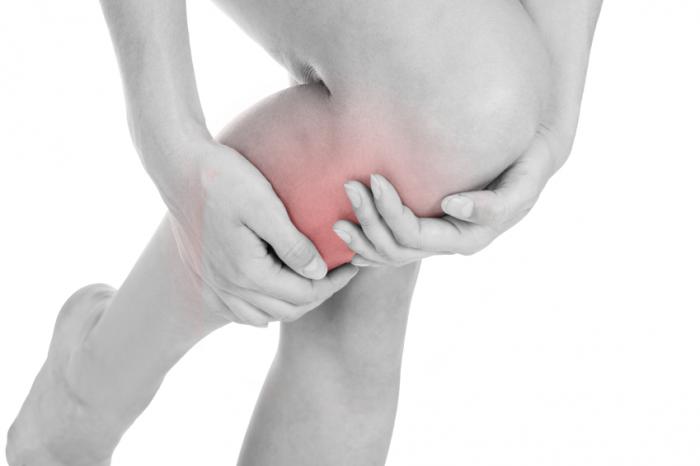Paget’s disease of bone (PDB), commonly known as simply paget’s disease or historically known as osteitis deformans, is a rare and chronic condition in which the body’s normal recycling process of replacing old bone tissue with new bone tissue is disrupted. This leads to the weakening of bones and they become fragile and deformed.
This disease mostly affects the pelvis, skull, spine and legs. It does have treatments for keeping it under control for several years. But in some people, it can even cause constant pain and a range of other problems.
Here are the symptoms, cause, risk factors, complications diagnosis and treatment of PDB.
Cause of Osteitis Deformans
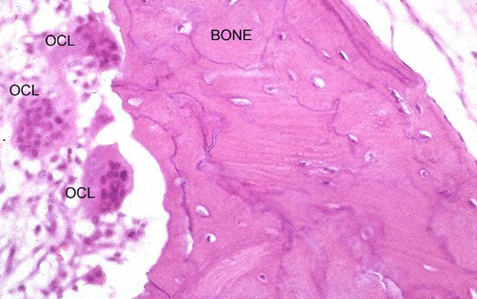
In a process called bone remodelling, the bone cells regenerate and old bone is replaced by new bone. Osteoclasts (cells absorbing the old bone) and osteoblasts (cells making the new bone) are responsible for the two cells responsible for this. In the paget’s disease of bone, osteoclast cells have some problem and start absorbing the bone quickly than is usual. The osteoblasts then try producing new bone at a much faster rate but the new bone is larger and weaker than normal.
The cause of Paget’s disease is not known. The scientists believe that the combination of environmental and genetic factors cause this condition. Many genes seem to be linked with the disease. While some scientists think that it is related to a viral infection in the bone cells.
Risk Factors of Paget’s Disease of Bone
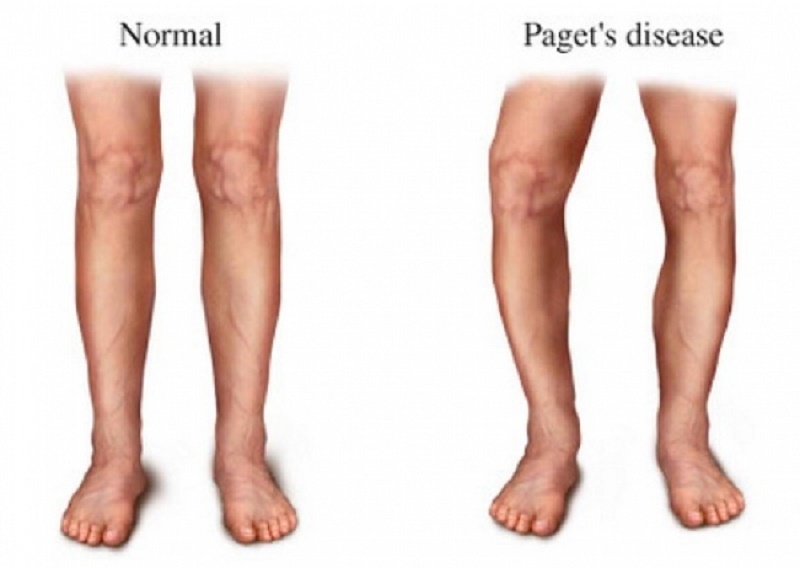
The triggers of the disease are not clear. But here are certain risk factors that may cause Paget’s disease of the bone.
- Age: The people who are above the age of 40-50 years are more likely to be affected by the condition. The risk of developing the disease increases with age.
- Family history: If any of your family member has or has had the disorder, you may also have it. You may inherit a genetic defect which may cause you to develop the condition.
- Gender: It occurs more often in men than women.
- National origin: It is more common in the older people of UK, central Europe, Scotland, England, Greece and the European immigrants rather than people of Asia or Scandinavia.
Signs & Symptoms

Most of the people having Paget’s disease of bone do not show any symptoms. One of the most common symptoms that occur is bone pain.
As this disease causes the body to generate new bones faster than normal, the rapid remodeling may produce softer and weaker bone. The disease might affect just one or two areas of the body or the whole body. The signs and symptoms can vary according to the body part that is affected:
-
Bone: This condition can cause pain, deformities and fractures in the bone.
-
Spine: When the spine becomes affected, the nerve roots are compressed. The arm or leg can thus experience pain, tingling and numbness.
-
Leg: When the weakening of bones occurs, they may bend and become bow-legged. The enlargement and deformation in the legs can lay extra stress on the surrounding joints and this may lead osteoarthritis in the hip or knee.
-
Pelvis: This disease can cause hip pain.
-
Skull: The bone’s overgrowth can lead to headaches and hearing loss.
Complications of The Condition
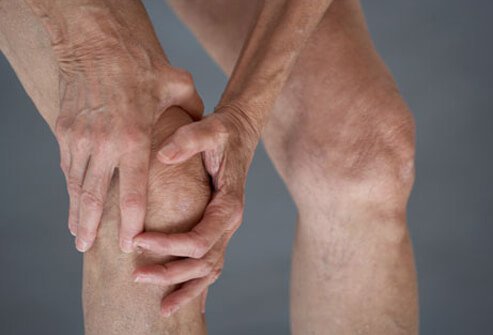
In most of the cases, the Paget’s disease of bone develops gradually. The disease can be managed effectively in most of the people. But can sometimes lead to any of these possible complications:
- Bone cancer, in rare cases
- Osteoarthritis
- Permanent hearing loss
- Heart failure
- Pinched nerves in the spine
- Bone fractures and deformities
- Excess calcium in the blood
Diagnosis of PDB
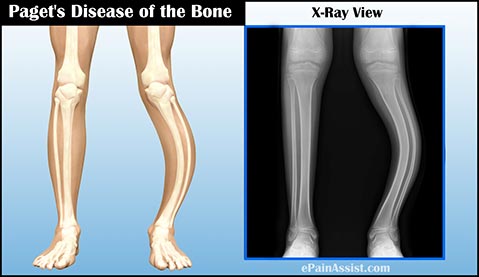
At the time of physical examination, your doctor will examine the body areas causing the pain. X-rays and blood tests can be recommended and they help in confirming the diagnosis of the disease.
Imaging tests
The common changes in the bone due to PDB can be found out through:
-
X-rays: The early indication of Paget’s disease is often abnormalities that are found when X-ray is carried out due to other reasons. The X-ray images of the bones can display the areas of bone reabsorption, bone enlargement and characteristic deformities of the disease.
-
Bone scan: In this procedure, a radioactive material is injected into your body. This material traverses to the spots on your bones that are highly affected by the disease and so they light up on the scan images.
Lab tests
The people having Paget's disease of bone mostly have elevated levels of alkaline phosphatase in their blood and this can be known by a blood test.
Treatment Of Paget’s Disease

If you do not show any symptoms, you might not require treatment. But if the disease is in the active stage and there's an elevated alkaline phosphatase level at high-risk sites, your doctor may recommend you treatment in order to avoid the complications despite absence of symptoms.
- Medications
Bisphosphonates (osteoporosis drugs) are the most common treatment for strengthening the bones that weaken due to the disease. Some bisphosphonates are taken orally and some through injection. If you cannot tolerate bisphosphonates, your doctor may prescribe calcitonin which can be administered through injection or nasal spray. Over-the-counter painkillers such as paracetamol and ibuprofen may also be prescribed.
- Eating right
It’s important that you include enough calcium and vitamin D in your diet. This would help bones in absorbing the calcium. It’s even more essential if you are taking bisphosphonate. Check your whole diet with the doctor and ask if you need to take vitamin and calcium supplements as well.
- Daily exercise
By exercising on a regular basis, you can maintain joint mobility and bone strength. Speak with your doctor before starting the exercise program to find out the right duration, type and intensity of exercise. That’s because certain exercises may lay extra stress on the affected bones.
Other supportive therapies include physiotherapy, occupational therapy and devices such as walking sticks or shoe inserts.
- Surgery
In rare and severe cases of Paget’s disease, surgery may be required for healing fractures, realigning deformed bones, replacing damaged joints due to severe arthritis and reducing pressure on nerves.
Image Source:
1) orthobullets
2) fisioterapia
3) medicalnewstoday
4) onhealth
5) epainassist
6) cloudinary
